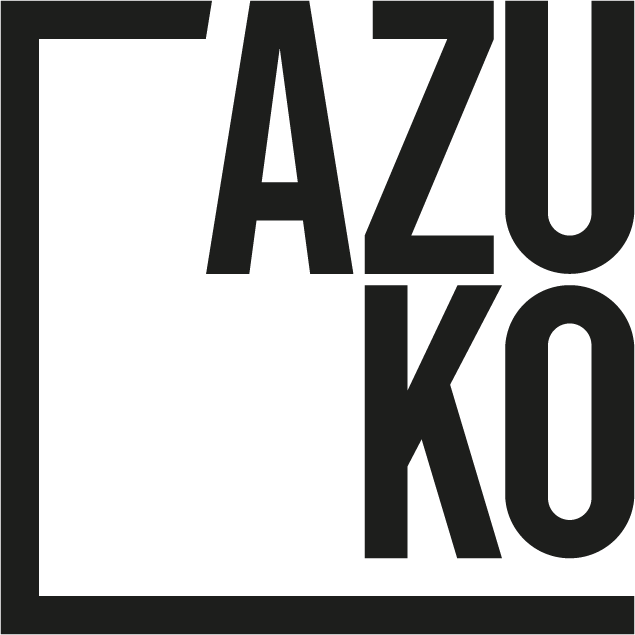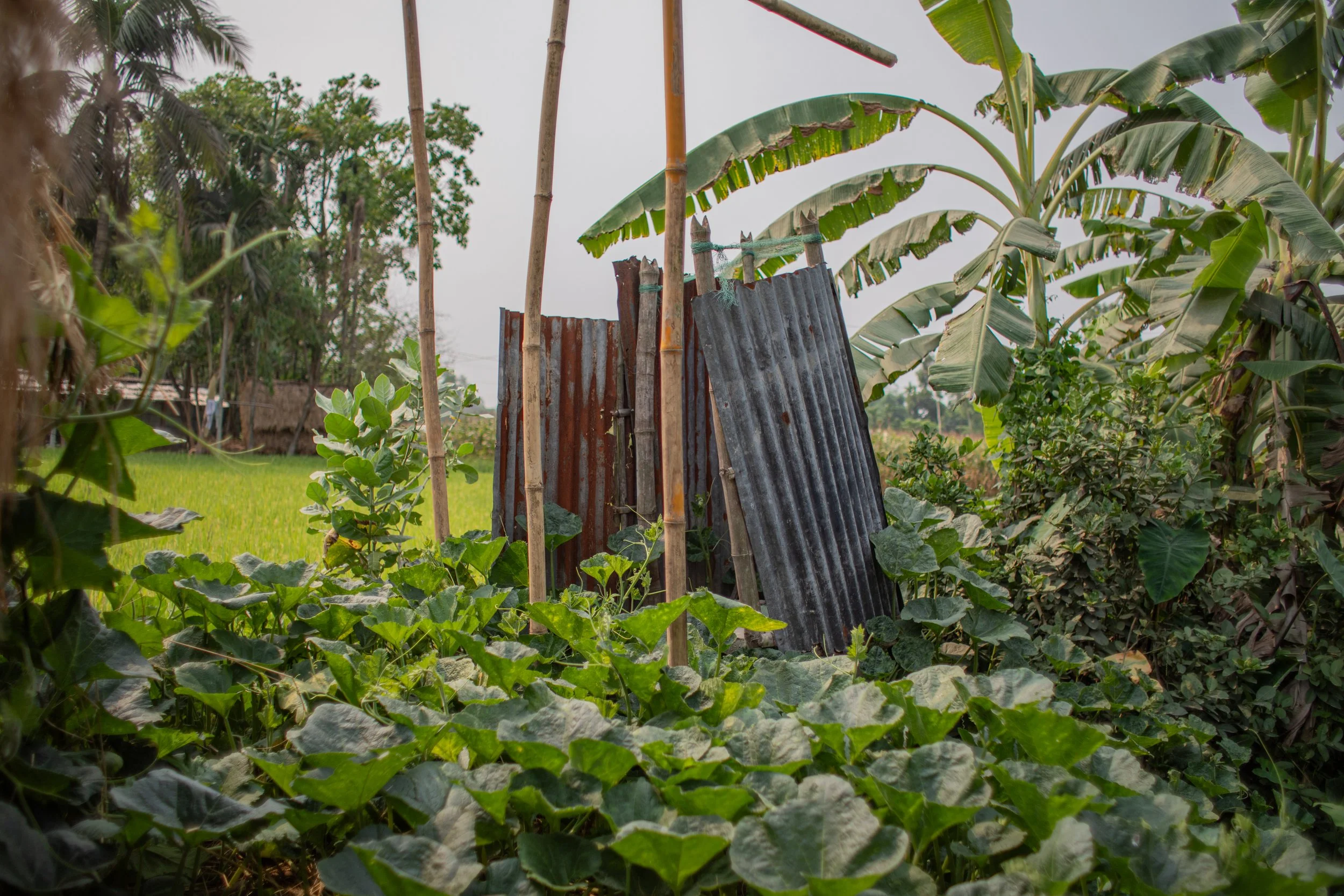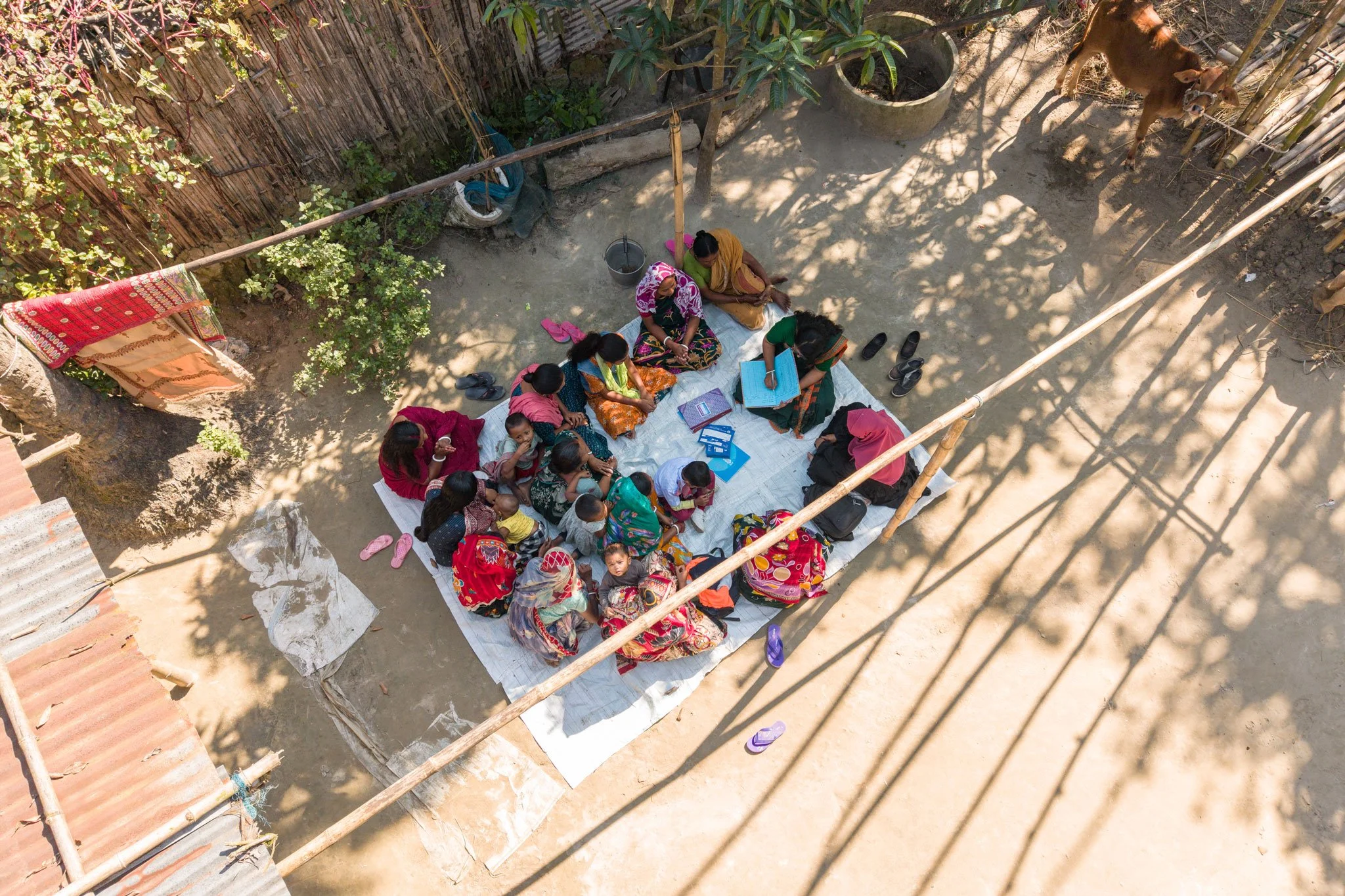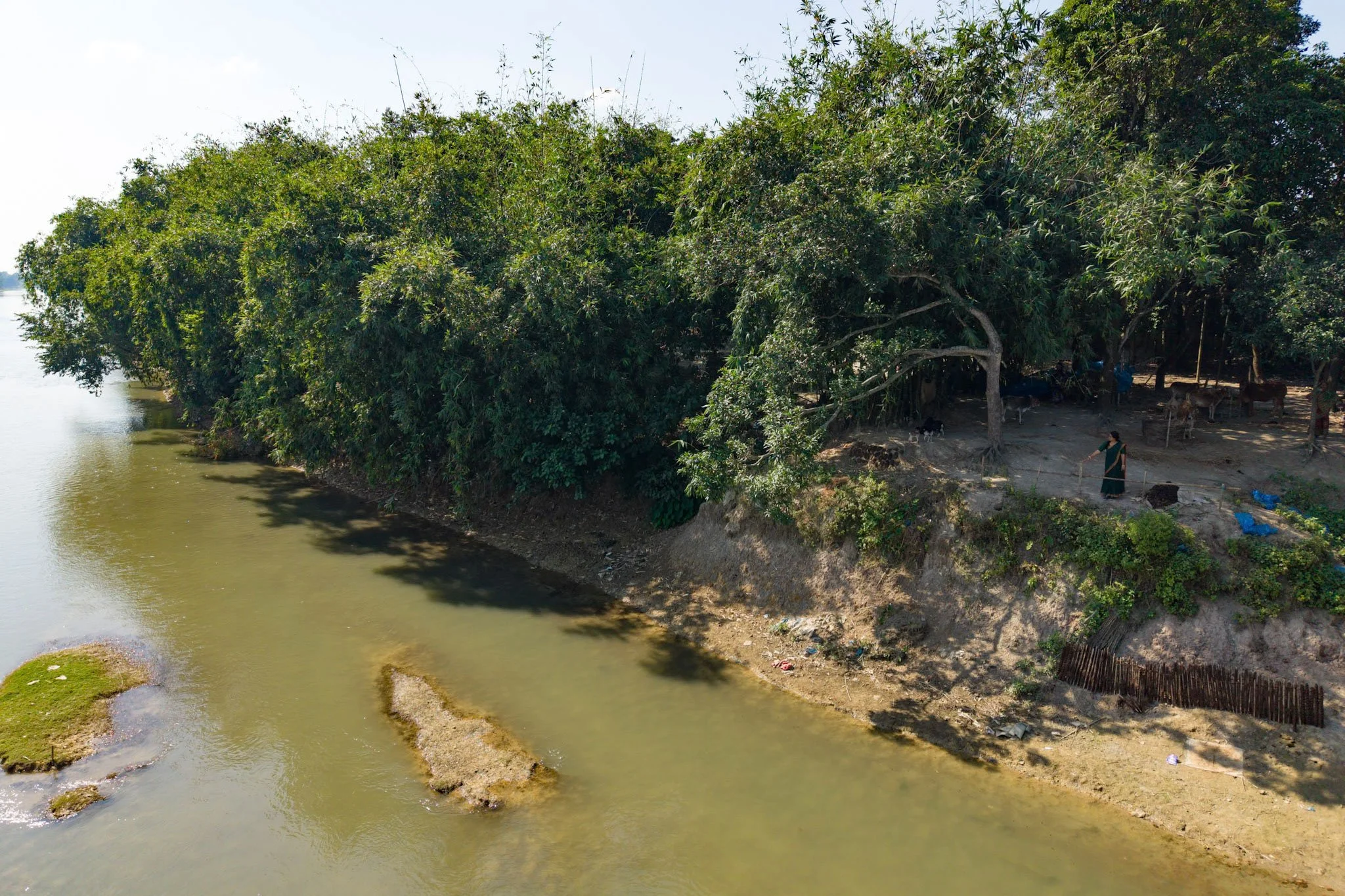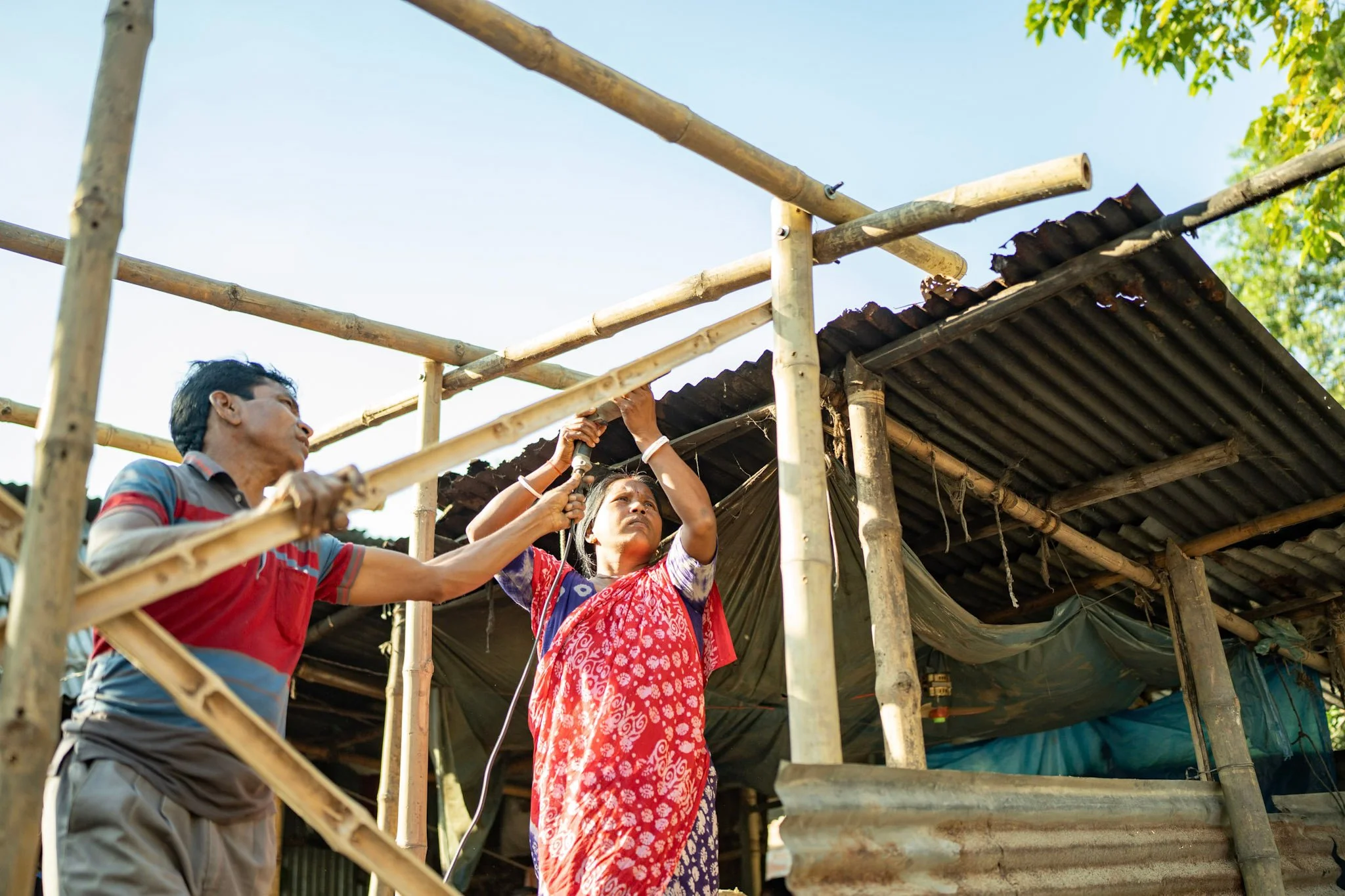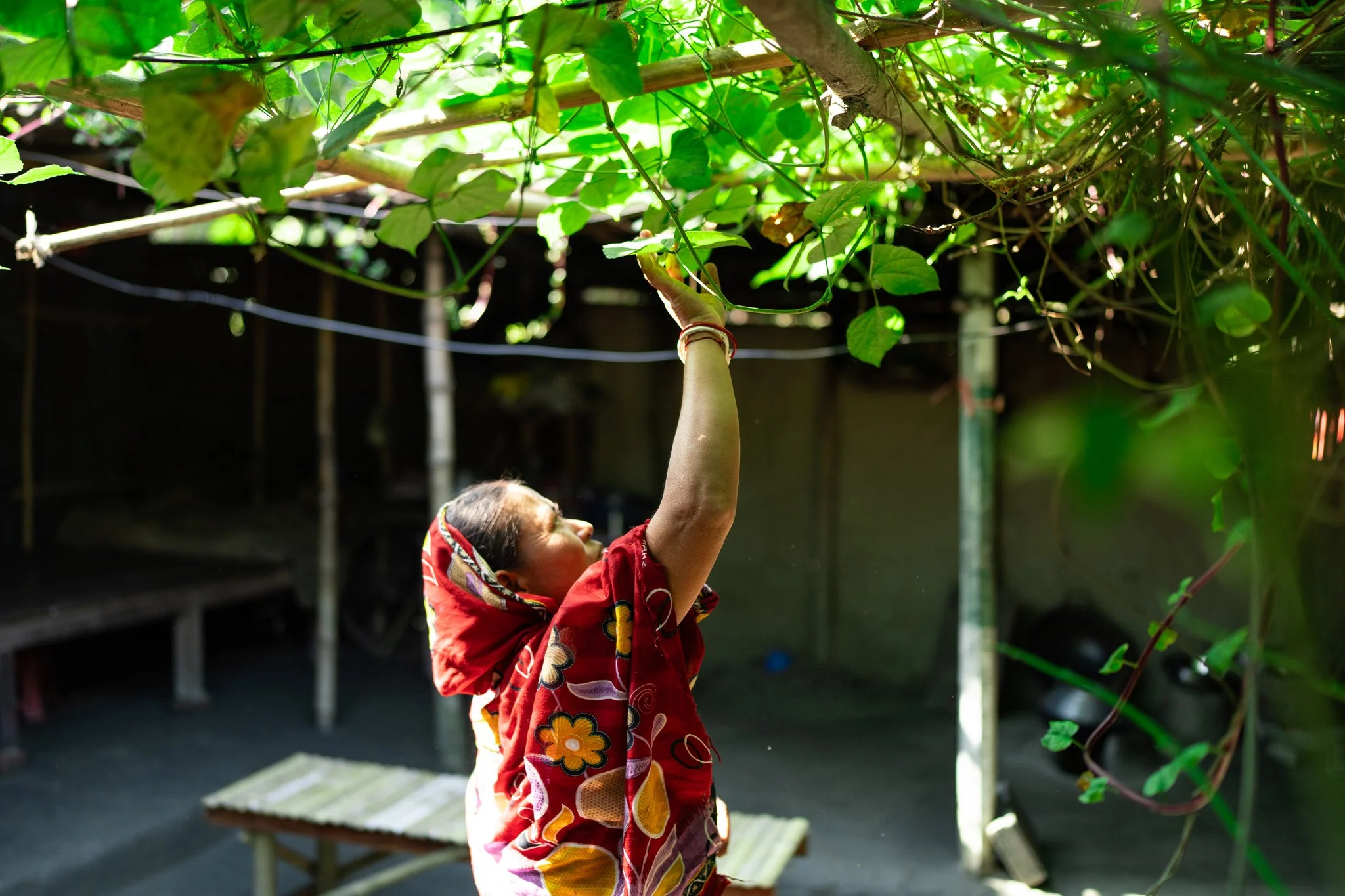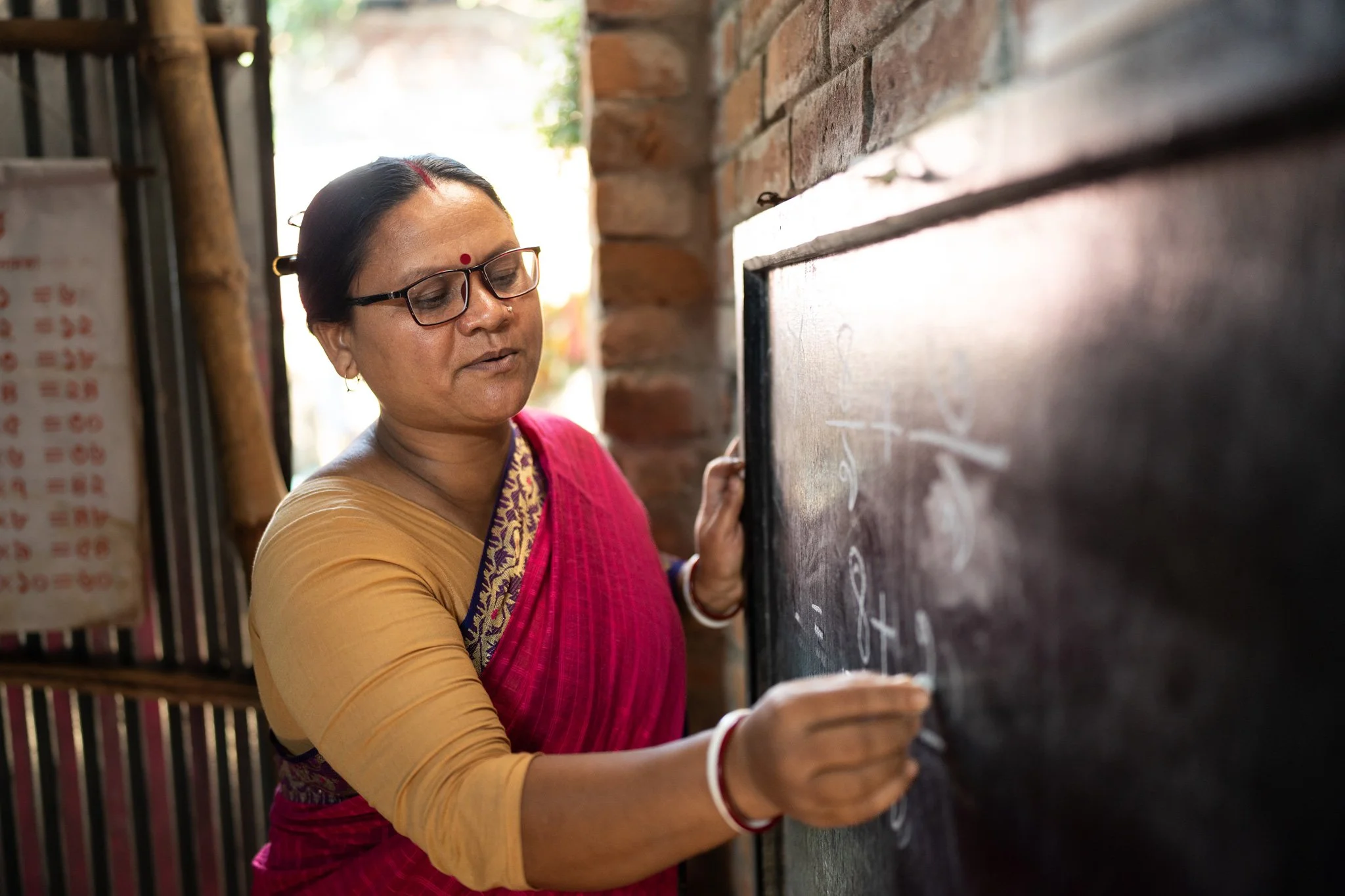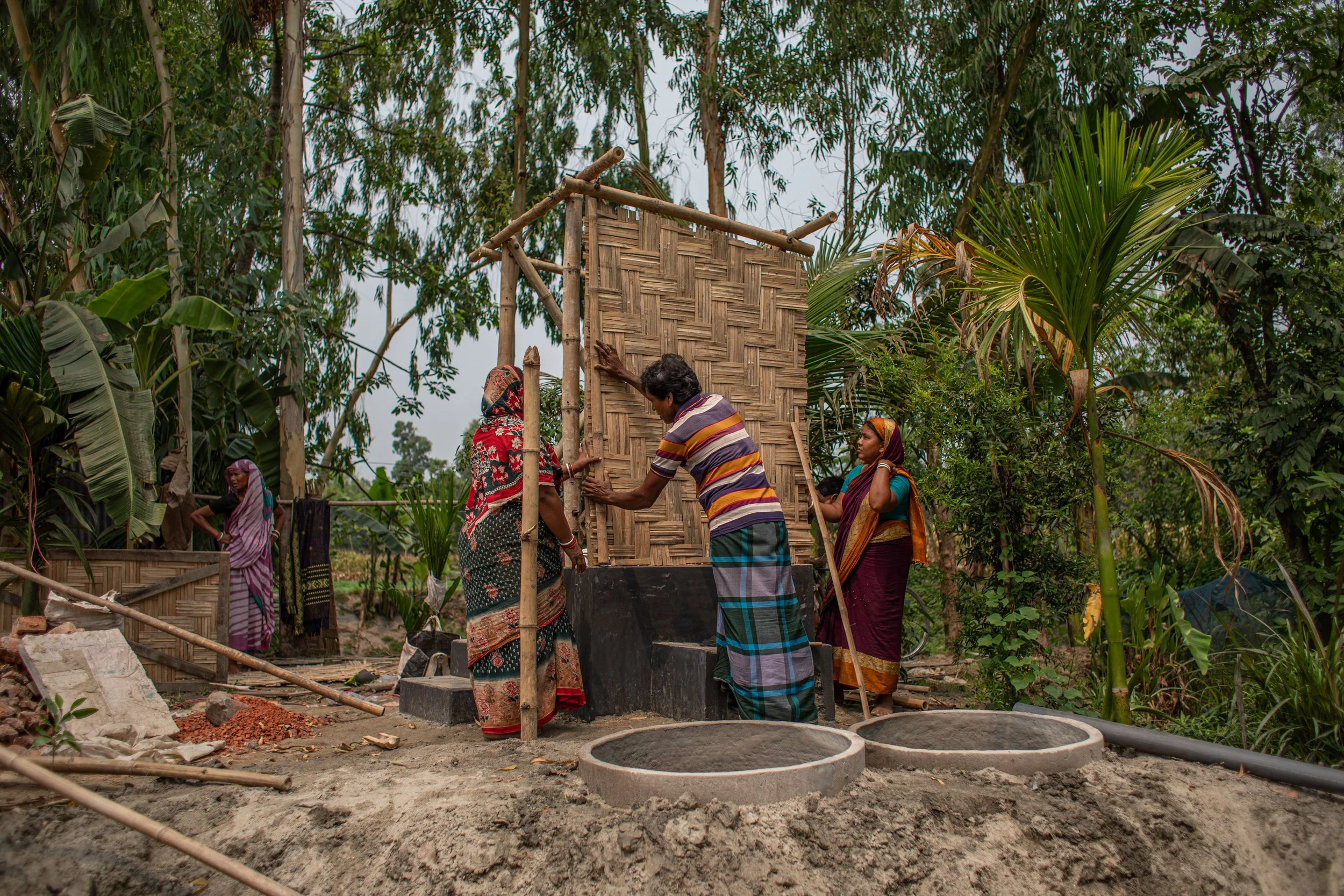Across Bangladesh, women hold families together through daily acts of care, resourcefulness and quiet determination. They are the ones who repair leaking roofs, manage uneven incomes, stretch meals, soothe anxieties and keep homes functioning through storms, floods and uncertainty. AzuKo’s idea of the Homemaker recognises this labour as a form of leadership. It reflects the strength of women who create safety for others long before they feel safe themselves.
Three women, Nondo, Gayitri, and Ratna, shared how this plays out in their own homes and communities.
Nondo: Creating stability one decision at a time
Nondo manages a household of six, supported by her husband whose income rises and falls with agricultural seasons. Before joining her women’s savings group, the family had no safety net to rely on. Emergencies meant borrowing at high interest, and home repairs were often delayed because money was simply not available.
AzuKo helped establish the savings group she joined, and it has become a lifeline. As the group’s cashier, Nondo learned how to save securely, keep records and manage small loans for the women around her. It gives her confidence and a trusted role in her community.
A small loan from the group helped her repair the family kitchen when the roof and posts failed. It was a simple repair but one that brought immediate relief. With each improvement, she feels more in control of the home she works so hard to maintain.
Her hope is clear. “I want my children to have a better life than I did.”
“Now the money is in our hands, and we can help each other. People trust me. They come to me for advice, and they listen to my voice.”
Gayitri: Rebuilding for tomorrow
Floods mark the rhythm of life in Gayitri’s community. In 2017, a major flood destroyed her home completely. The family rebuilt with whatever materials they could afford, but the house remained fragile. Every storm brought fear that the structure might fail again.
When AzuKo delivered construction workshops for women in her area, everything changed. Gayitri learned how to strengthen a home through crossbracing, improved joints, treated bamboo and small, manageable steps. Her new room is a place where neighbours come to hear what she has learned. As Chair of her savings group, she shares knowledge widely so other women can improve their homes too.
“The training taught me how to build for the future. I repaired the house myself. One room is strong now. I will strengthen the rest little by little.”
Her aim is simple. “Every family should have a house that can survive the storms.”
Ratna: Leading by example
Ratna is a long standing member of her local savings group, and someone who speaks up for safer housing in her community. Years of living with a leaking roof and an unstable floor pushed her to take part in Build for safety training. She wanted to understand how small changes could make her home more stable and secure.
She told us that joining the savings group was a turning point. It gave her the confidence to plan improvements and to support other women who were facing the same housing challenges.
“I learned that we can make our houses stronger when we work together. When one woman learns something, all of us learn.”
Ratna now plays an active role in helping neighbours identify dangers in their homes and encouraging them to save towards essential repairs. Her determination shows how practical knowledge and collective effort can reduce risk for entire streets, not just individual households.
Why their stories matter
These women show what it takes to create safety in places where the climate is unpredictable and resources are limited. They are raising children, supporting neighbours and improving their homes piece by piece. Their stories embody what it means to be a Homemaker, shaping spaces that protect families today and give hope for tomorrow.
Donate to AzuKo today → Your gift will help more women like Nondo, Gayitri and Ratna strengthen their homes, and build resilient communities.
